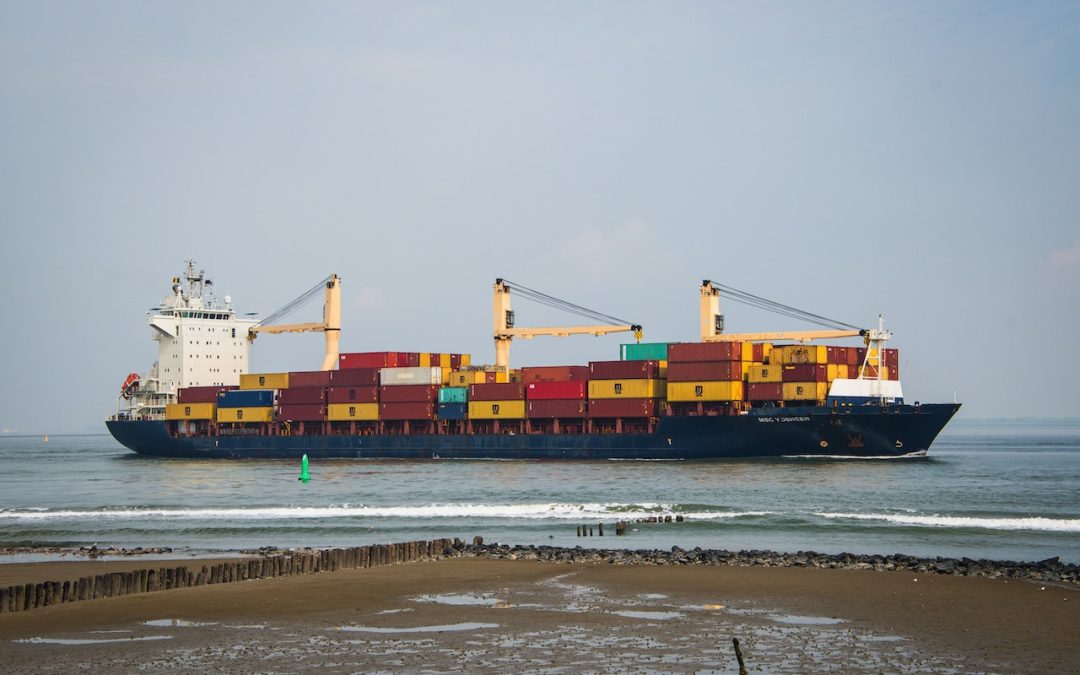When you think about shipping and logistics, you’re probably picturing everything BIG. Trucks, cranes, warehouses, ports, stacks of containers… it’s all massive.
But what about cargo that sits on the smaller end of the scale? Can you still use a freight company if you’re shipping a small consignment?
In this blog, we’ll look at minimum shipments and how to ship them.
How Small Is Small?
It’s a good question. What sort of cargo do you use a freight forwarder for?
Well, the simple answer is absolutely anything. At Millennium Cargo we’ve moved things as small as a matchbox and as big and a car transporter and beyond…
From books, beds and washing machines, to classic cars, jet plane engines and pallets full of noodle sauce. Whatever you need to move, a freight forwarding company can help you.
What’s the next step up?
LCL vs FCL
If you’re shipping smaller cargo, you might want to consider container shipping. There are two approaches to this, so let’s start with some definitions.
LCL stands for less-than-container load. Meaning – you guessed it – that FCL stands for full container load. Pretty self-explanatory.
If you ship LCL, your consignment is not large enough to fill an entire container by itself, so it travels alongside other people’s goods. If you ship FCL, your goods take up the whole container and there is no space sharing.
Small consignments obviously don’t take up a whole container and are therefore shipped LCL. And if you ship LCL you’ll be charged for a minimum of 1 cbm or 1000kg even if your cargo is smaller. This means 1 cbm is the minimum shipment, and the price for shipping 1 cbm is the minimum charge for sending your goods.
(Unless they’re larger than 1CBM).
If you’re finding it hard to know what 1 cbm looks like against the usual shipping container sizes, a 20’ standard container is around 33 cbm and a 40’ standard container is approximately 67 cbm.
The Benefits Of LCL
Shipping LCL is often more beneficial for smaller international importers and exporters. Here’s why.
Cheaper Than Buying Space You Don’t Need
LCL is a cost-effective alternative to FCL because you buy a share of the container volume rather than paying for the whole thing. With FCL, there’s a flat rate and no wiggle room.
Depending on what you’re planning to ship, this may not apply to your situation. But if you are regularly importing or exporting small consignments, this can also save you money on warehouse and storage costs.
Easier To Source
During peak shipping seasons like the run-up to Christmas, container capacity is seriously limited, and it can be difficult to find space for your goods. LCL is much easier and faster to find than FCL at these times, meaning you can get your goods where they need to be without disappointing buyers or consignees.
The Drawbacks Of LCL
It can’t all be smooth sailing. (Get it?). Here are two points to consider before opting to ship your cargo LCL.
Longer Process
Goods ready for LCL shipping must get dropped off at a container freight station in plenty of time because they need to be logged and consolidated into their allotted containers before they can be loaded onto their vessel.
This process, as well as the unloading, or deconsolidation, on the other side, which can take a couple of days, means shipping LCL is a longer process than FCL and can take anywhere between 7-11 weeks.
Expensive
Shipping LCL is usually a more cost-effective option for low-volume shipments – so for small shipments, it’s often a no-brainer. However, as the volume of a shipment increases, the cost benefits LCL brings dwindle. This is because LCL costs more per cbm than FCL.
What does that mean, exactly? Put simply, once you reach a certain shipment volume, buying a whole container – even if you don’t need quite so much space – could work out better for you. FCL might still be slightly more expensive, but it’s quicker and more secure.
Air or Sea?
When you’re shipping small cargo, you might wonder whether air freight is a simpler option. And you’re right… goods travelling through the air will get to their destination much faster than those on the water.
The thing is, even though LCL shipping is slower, the rate is almost always cheaper than air. This is because air freight rates exponentially rise as size and weight increase. Compare this to container vessels where weight doesn’t have quite the same impact.
So, air or sea? It comes down to how fast you want your goods, and how much you’ve budgeted for freight rates.
Moving Minimum Shipments Might Confuse You
Smaller shipments are generally considered anything under 13 cbm. Bottom line? Air is the fastest, but most expensive option. You can read more about air freight here.
Small cargo will usually be shipped LCL because it doesn’t take up enough room to warrant a full shipping container. There is a tipping point though. Once your volume gets to around 10-12 cbm, you might start to consider FCL.
Are all of the numbers swimming in front of your eyes? Let Millennium help. Contact us today for simple, no-nonsense advice and solutions to your shipping woes.

